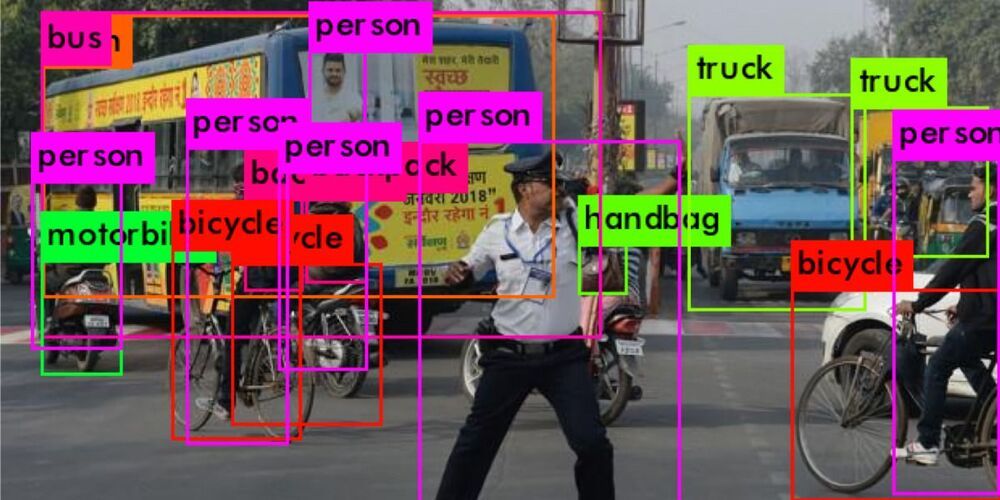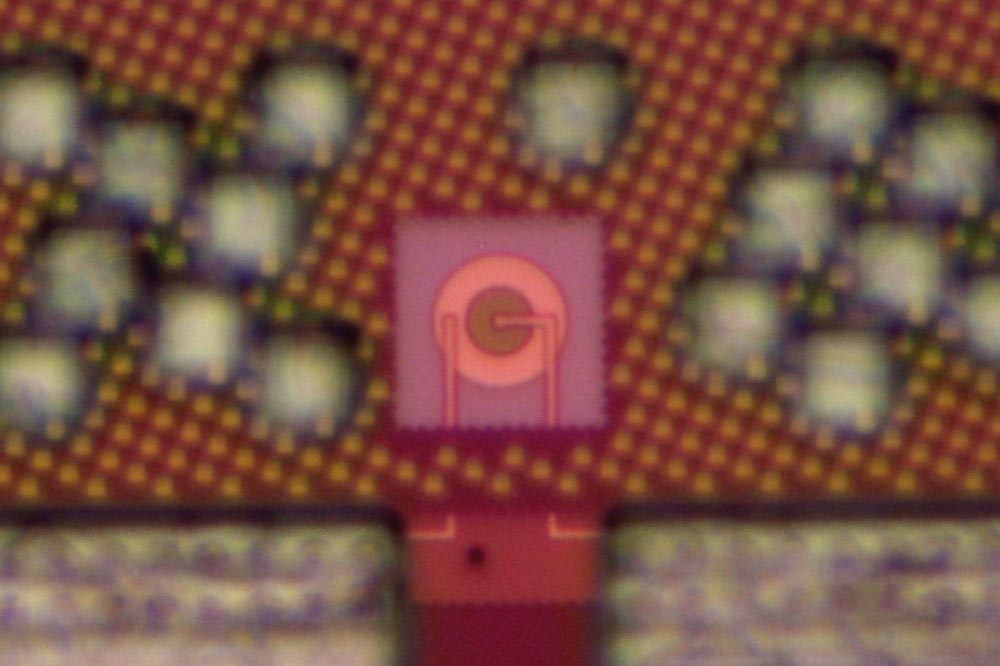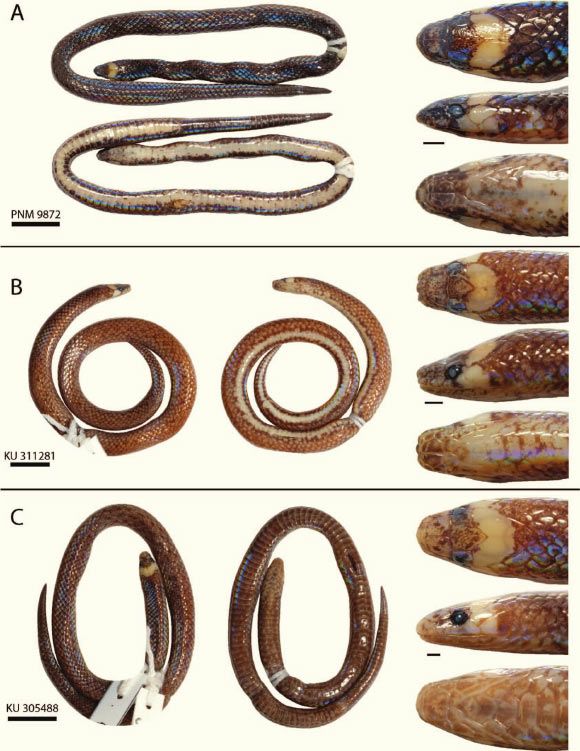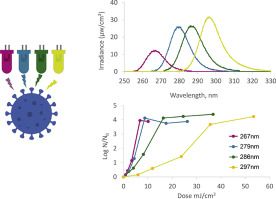Machine learning has a problem with data mismanagement and a culture where anything goes, according to a recent AI research survey.



Your dog may be the apple of your eye, but let’s be honest: she is an animal, with her own instincts and idiosyncrasies, and there are going to be times when she makes you want to tear your hair out.
However much you want to, however, new research suggests that you should never yell at or otherwise punish a mischievous mutt.
According to a study released in pre-print last year and now published in PLOS ONE, aversive training such as positive punishment and negative reinforcement can have long-term negative effects on your dog’s mental state.


Engineering student Carvey Ehren Maigue has been named the James Dyson Awards first-ever global sustainability winner for his AuReus system, in which waste crops are turned into cladding that can generate clean energy from ultraviolet light.
Unlike traditional solar panels, which only work in clear conditions and must face the sun directly because they rely on visible light, the translucent AuReus material is able to harvest power from invisible UV rays that pass through clouds.
As a result, it is able to produce energy close to 50 per cent of the time according to preliminary testing, compared to 15 to 22 per cent in standard solar panels.

The advance could cut production costs and reduce the size of microelectronics for sensing and communication.
Light-emitting diodes — LEDs — can do way more than illuminate your living room. These light sources are useful microelectronics too.
Smartphones, for example, can use an LED proximity sensor to determine if you’re holding the phone next to your face (in which case the screen turns off). The LED sends a pulse of light toward your face, and a timer in the phone measures how long it takes that light to reflect back to the phone, a proxy for how close the phone is to your face. LEDs are also handy for distance measurement in autofocus cameras and gesture recognition.

The Waray dwarf burrowing snake lives a fossorial lifestyle and likely has a diet that is specialized on earthworms or other limbless invertebrates.
It has a maximum total length of 17.2 cm (6.8 inches), making it the smallest known species in the snake superfamily Elapoidea.
“The Waray dwarf burrowing snake has among the fewest number of vertebrae of any snake species in the world, which is likely the result of miniaturization and an adaptation for spending most of its life underground,” said Jeff Weinell, a doctoral candidate in the Department of Ecology and Evolutionary Biology and the Biodiversity Institute at the University of Kansas.


UV light-emitting diodes (UV LEDs) are an emerging technology and a UV source for pathogen inactivation, however low UV-LED wavelengths are costly and have low fluence rate. Our results suggest that the sensitivity of human Coronavirus (HCoV-OC43 used as SARS-CoV-2 surrogate) was wavelength dependent with 267 nm ~ 279 nm 286 nm 297 nm. Other viruses showed similar results, suggesting UV LED with peak emission at ~286 nm could serve as an effective tool in the fight against human Coronaviruses.

A new, mysterious small marine reptile from 150 million years ago, known as the Thalassodraco etchesi or Etches sea dragon, was recently discovered in a Late Jurassic deep marine deposit along the English Channel coastline in Dorset, England. As reported by SciTech Daily, this species may have been able to dive to extreme depths, and was determined to be part of the group known as the ichthyosaurs, which are “streamlined marine predators from the Late Jurassic period.”

They’re the sharpest commercially available radar shots of our planet.
Capella Space’s first fully operational satellite has snapped some breathtaking images of Earth during its first few months in orbit.
The Capella-2 synthetic aperture radar (SAR) satellite, previously known as Sequoia, launched atop a Rocket Lab Electron booster on Aug. 30. Because Capella-2 captures imagery using radio waves rather than visible light, the spacecraft can both peer through clouds and study swaths of our planet that are cloaked in darkness.